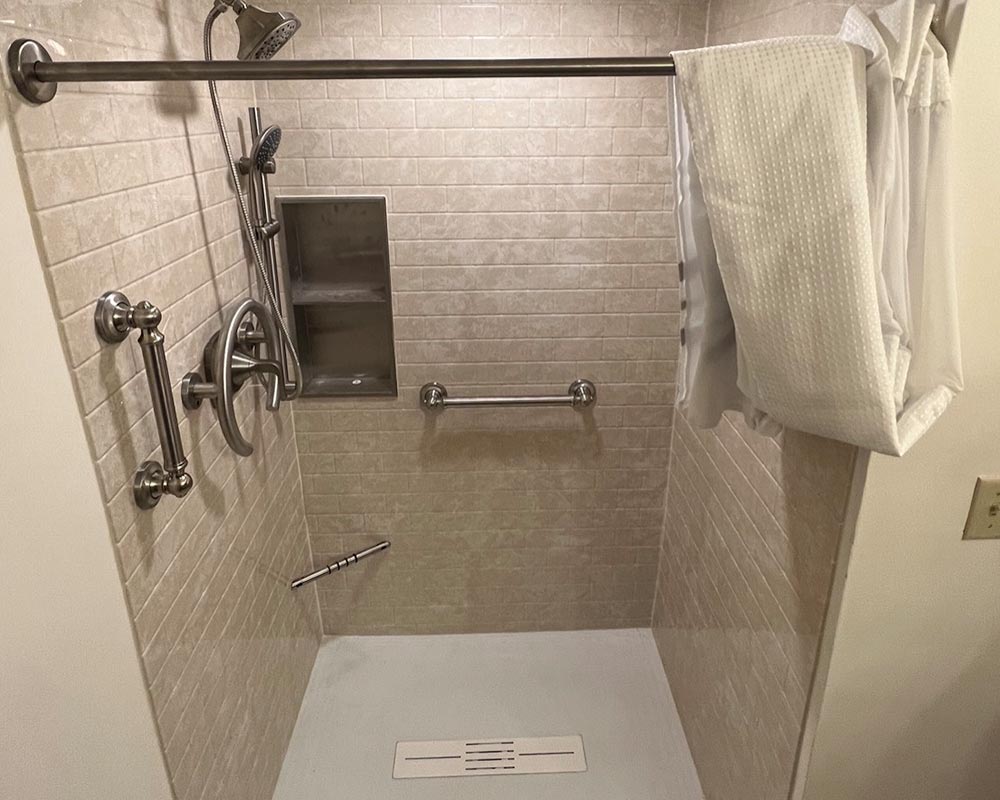Knees are perhaps the most vulnerable joints in the human anatomy, so it’s not surprising that orthopedic surgeons see patients ranging in age from young children to older adults, says Dr. Marko F. Krpan, an orthopedic surgeon with Mercyhealth in Rockford.
“Knee damage occurs in patients of all ages, starting with young children engaging in roughhouse play or sports,” Krpan says. “Left untreated early on, these knee injuries can lead to wear-and-tear damage with degenerative arthritis as much as 20 to 25 years later. The pain and extent of this can come on gradually, or it can suddenly become more evident.”
Nonsurgical options include resting the joint, medications and therapy. If those options are exhausted, surgery may be the best path to living pain-free.
“We always do everything we can to help the patient heal without resorting to surgery, but sometimes surgery is the only option,” says Krpan. “The good news is that recent advancements in medications have made it more possible to deal with conditions such as rheumatoid or psoriatic arthritis that often accompany these injuries. Psoriatic arthritis is an autoimmune disease in which the patient’s immune system attacks the cartilage around the knee and other joints.”
One benefit of joint replacement is that damaged cartilage is removed, thus eliminating the trigger for the inflammatory process.
“With reconstructive knee surgery, the structures of the joint are repaired, improving function and decreasing the conditions that result in inflammation or instability, therefore eliminating the pain,” Krpan explains. “Torn ligaments and tendons, including anterior cruciate ligament (ACL), are repaired, restoring the patient’s stability and balance. Joint replacement removes the entire damaged cartilage and bone, eliminating pain from both the injury and arthritis.”
Because of today’s more aggressive methods, recovery is now quicker.
“Twenty years ago, knee surgery patients remained in the hospital for three to five days,” he says. “Now, patients may go home the same day, or in some cases the day after surgery.”
Knee implants last longer today, too.
“Today’s knee prosthesis can last from 25 to 30 years, better than double, giving patients decades of pain-free living,” Krpan says. “A knee replacement performed on patients in their 40s to 50s is likely going to last their lifetime. This vastly improves their quality of life.” ❚
















